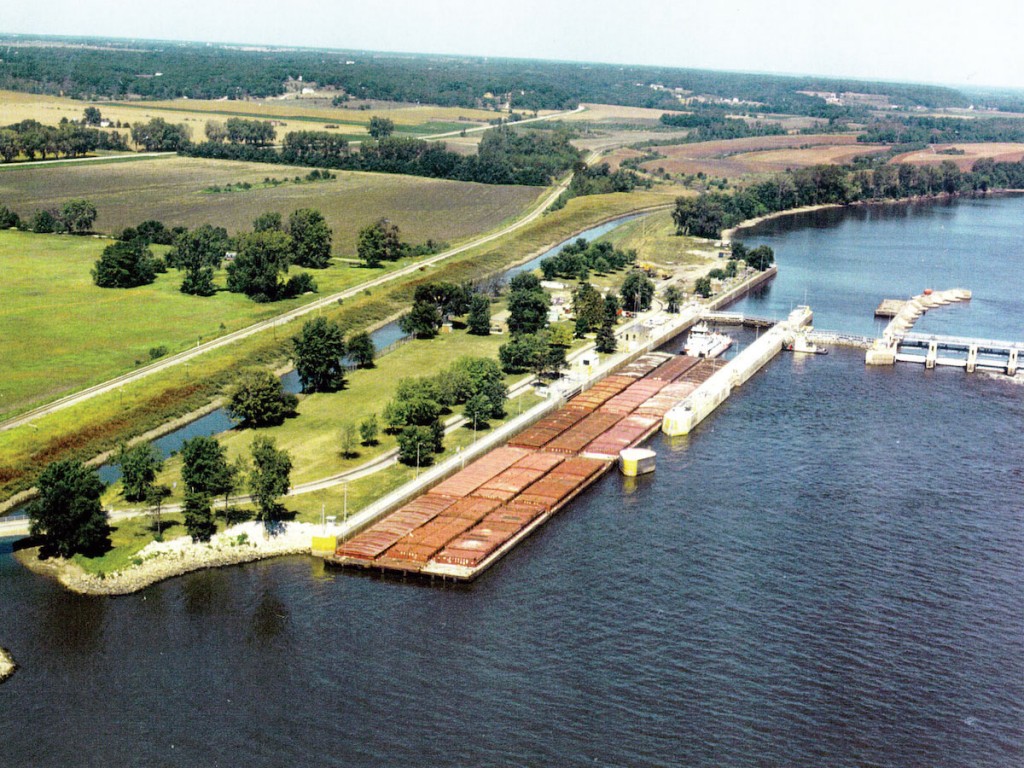Prospects for new business point to brighter times.
Industry Consolidation
For the American towboat & barge industry record flood in the Midwest and turbulent economic conditions make it seem like when it rains, it pours. Prospects for new business point to brighter times.
These are trying times for America’s barge industry. Record floods throughout the Midwest stopped much of the barge traffic dead in the water. And while the floodwaters have receded, “we’re nowhere near back to normal,” said Thomas Allegretti, president and CEO of American Waterways Operators, the association of the tugboat and barge industry.

More long-term, fundamental changes in commodities demands are diminishing barge flows. This is especially true for the movement of coal, historically the second largest barge-driven commodity in the US, behind petroleum products.
At the same time, shippers are demanding more and more competitive rates from carriers, squeezing already tight margins.
Publicly traded Kirby Corp., for example, saw operating income plummet during the second quarter of this year by more than 40%, and that came before the end of the heavy rains.
Add to all this the uncertainties over the possibility of an all-out trade war between the US and China. That dispute has already severely impacted soybeans exports. Last year, soybean exports to China declined by 70% over 2017. While a shift to the European Union and Egypt certainly helped, it didn’t completely alleviate the market disruption.
Now, there’s even greater uncertainty, as shippers gear up for the fall harvests and try to anticipate demand, in light of Washington and Beijing’s on-again, off-again trade talks. “A protracted trade war would have a very negative effect on the movement of these agricultural commodities, which are such a big part of our cargo mix,” said Allegretti.
To be sure, there are a few bright spots. Most notably, a number of ports are investigating moving containers on barges. An ambitious plan to ply self-propelled barges on the Mississippi River, capable of carrying up to 2,300 containers, is winding its way from Southern Louisiana to St. Louis. These could begin service in 2022.
The Port of Charleston is also exploring barges to alleviate port congestion. In December, the South Carolina Ports Authority applied for permission for construction and dredging of a container barge operation terminal. Barges would transport containers a short distance, where they would link up with intermodal truck and rail. This could come online as well by 2022.

There are also indications that barge owners are investing in new equipment at an accelerated rate. Trinity Industries, which was the largest barge builder in America, spun off its barge construction operation in November, following several down years. The new company, Arcosa Marine, reports a significant uptick in new barge construction. It has reopened an idle plant in Louisiana, which is expected to soon begin delivering new barges to customers.
Operators are scrambling as well to find new types of cargo for barges to carry. Barge owner Cooper Consolidated reports that it has carried wind turbine components from Louisiana to the Upper Midwest.





